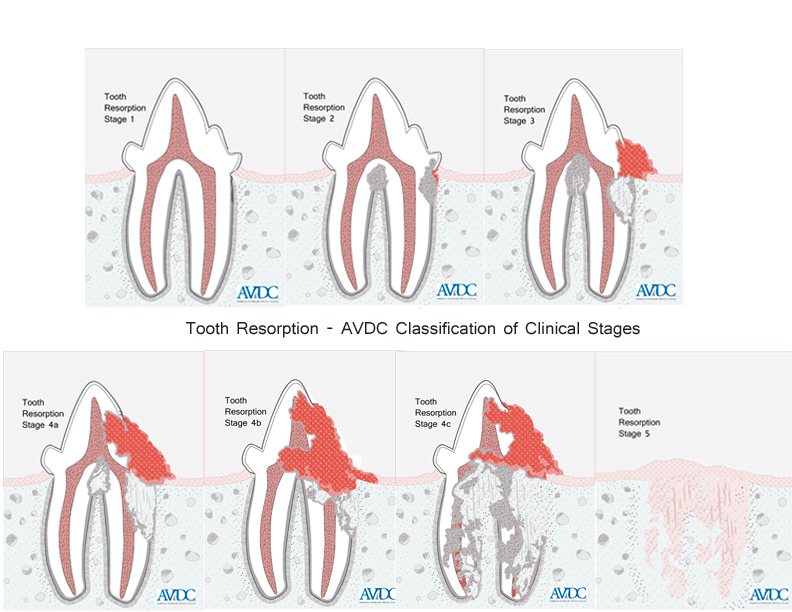Feline Tooth Resorption: What Every Cat Owner Should Know
Cat Dental Care – Veterinarian Fargo ND – Two Rivers Vet Hospital
Have you heard of feline odontoclastic resorptive lesions, or FORLs? If you haven’t, you’re not alone—but they’re one of the most common and painful dental conditions we diagnose in cats at Two Rivers Vet Hospital in Fargo, ND.
FORLs, also known as tooth resorption, occur when a cat’s own body begins to break down a tooth, starting at the enamel and working inward. Over time, this painful process leads to exposure of the sensitive inner parts of the tooth. Unfortunately, most cats show little to no obvious symptoms until the lesion is severe.
Some cats with FORLs may drop food, chew on one side of their mouth, or even yowl when eating, but many continue to eat normally despite significant discomfort. That’s one reason why regular cat dental care and oral exams are so important. We often diagnose FORLs during routine dental cleanings or when we take full-mouth x-rays, which are the only way to see how deep the damage goes.
Once a FORL is diagnosed, the only effective treatment is extraction of the affected tooth. These lesions do not heal on their own, and leaving them untreated can lead to serious, chronic pain.
If your cat hasn’t had a recent dental evaluation, or if you’ve noticed subtle changes in how they eat, we encourage you to schedule an appointment. At Two Rivers Vet Hospital, we’re here to help your cat stay comfortable, healthy, and pain-free—because they deserve a pain-free smile, too.

